Property
Key quality drivers for integrated development in Vietnam
Developers taking part in city planning have to carefully understand the fundamentals of city planning in order to create sustainable value for their large-scale projects.
Looking at recent projects launched in Vietnam, JLL indicates that integrated large-scale projects continue to dominate the residential markets of Hanoi, Ho Chi Minh City and satellite provinces.
This trend has become more obvious as numerous new residential developments carry the word “city” in their names, including Swan City, Empire City, Celadon City, Aqua City, and so on.
The “city within the city” form has grown in popularity as developers seek to attract buyers with holistic, well-planned communities within a city for those who wish to avoid the chaos created by rapid urbanization and lagging infrastructure in shared facilities.
JLL has showed some developer considerations for sustainable integrated development.
The first one is planning traffic and transport infrastructure which is crucial for large-scale developments. With growing car ownership in Vietnam, congested roads and lack of parking space will spur the demand for functioning traffic solutions.
Sufficient parking, integrated access to surrounding roads and public transport will become key selling points that will enhance the development’s value.
The second one is phasing out development. As the size of developments grows, sensible space planning for various functions and building scales has become a challenge for developers. To achieve convenient, functional and diverse quality public spaces, careful consideration of city planning aspects is mandatory.
Lively street frontage, plazas, sidewalks and a scaled building arrangement will lead to sustainable and sought-after neighborhoods, thus ensuring sustained value.

Careful phasing should be considered to ensure the sense of completion of each component of each neighborhood. A good example of this was seen in the Phu My Hung project, where “green” walls were used to separate completed buildings from those under construction.
One key attraction for large-scale projects is the public facilities within the development. Facilities such as public parks and sports stadiums help attract buyers but can be costly to maintain down the road.
Therefore, developers should raise awareness amongst buyers regarding potential maintenance costs and how it would be in their interest to fund these costs to safeguard the value of their properties.
The next one is teaming neighborhoods to shared facilities. For projects that benefit from existing public facilities, it is critical for developers to differentiate their developments’ internal facilities and create a sense of identity for their projects.
A key method would be to harmonize the ratio between number of users and shared facilities including pool, gym, and children playground to ensure the long-term value of the development.
The last factors developers should take under consideration is a diverse and inclusive living environment.
The beauty of any large-scale development is the ability to offer a diverse range of housing types to various groups of potential buyers. While each building should be custom designed for a specific group, the overall living environment should still be in harmony.
For example, in Phu My Hung, developers planned for smaller apartments targeted towards single expats and young tenants, to be situated in the urban heart of the development. Meanwhile, family-oriented buyers who purchased larger units were allotted buildings in the quieter area of the development.
Phu My Hung sold entire batch of $1.7-trillion corporate bonds to IFC
Hai Phong industrial property powers up with new project from Indochina Kajima
The project Core5 Hai Phong from Indochina Kajima and Itochu Corporation will deliver approximately 80,000 square metres of world-class ready-built factory for lease, handover expected in the first quarter of 2027.
A decade of unprecedented apartment price surge
A decade of relentless apartment price growth has pushed the dream of homeownership further out of reach for Vietnam’s middle- and lower-income earners.
Essensia Parkway sells out within hours, marking an outstanding partnership with WorldHotels
Essensia Parkway makes significant impact in the high-end real estate market as 100 per cent of the limited collection was successfully registered within just a few hours at the launching event with the theme “Live lux-well, in a truly refined world”.
Essensia Parkway gains global prestige through WorldHotels - Phu Long collaboration
Essensia Parkway is set to mark a significant milestone as the first branded residences project in Ho Chi Minh City to be operated by WorldHotels – one of the finest portfolios of independent hotels and resorts within BWH Hotels.
Indochina Kajima breaks ground on Grade A office building in Hanoi’s emerging hub
Parc Hanoi marks Indochina Kajima's first office-for-lease project in its $1 billion investment plan in Vietnam.















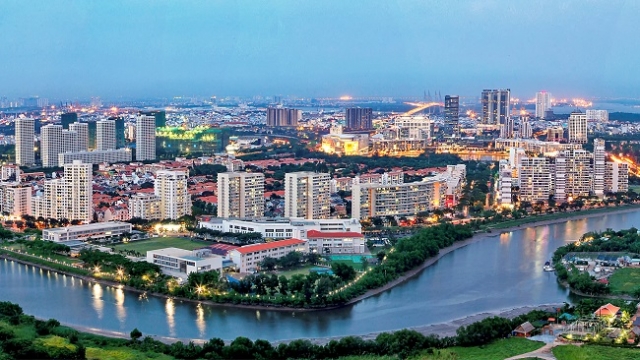




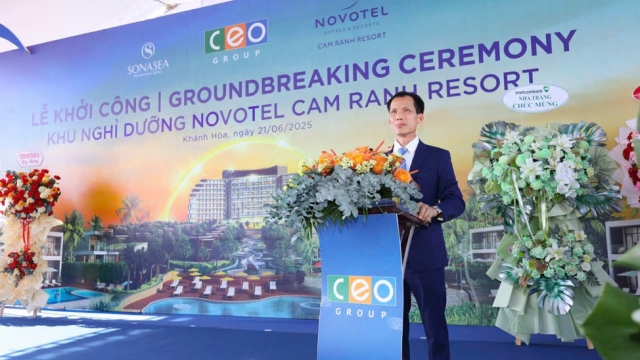
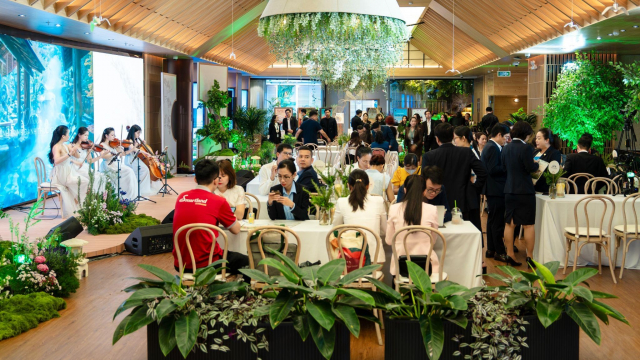
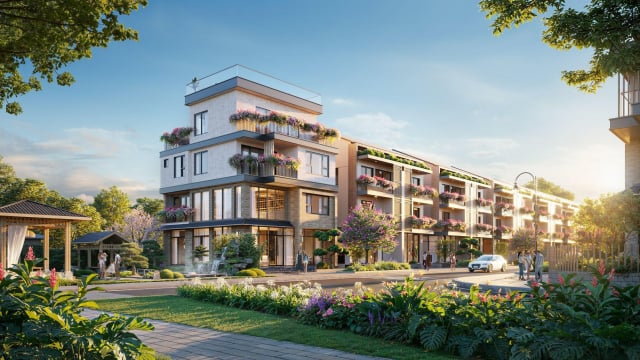
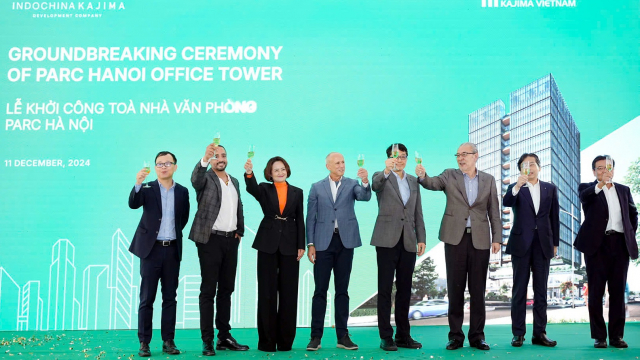











![[Hỏi đáp] Tại sao hộ kinh doanh nên 'tập dượt' kê khai thuế ngay trong năm 2025?](https://t.ex-cdn.com/theleader.vn/192w/files/news/2025/12/03/ho-kinh-doanh-1450.jpg)
![[Hỏi đáp] Bán hàng đa kênh: Sàn thương mại điện tử đã nộp thuế thay, phần bán tại cửa hàng kê khai thế nào?](https://t.ex-cdn.com/theleader.vn/320w/files/news/2025/12/03/ke-khai-thue-1134.jpg)




